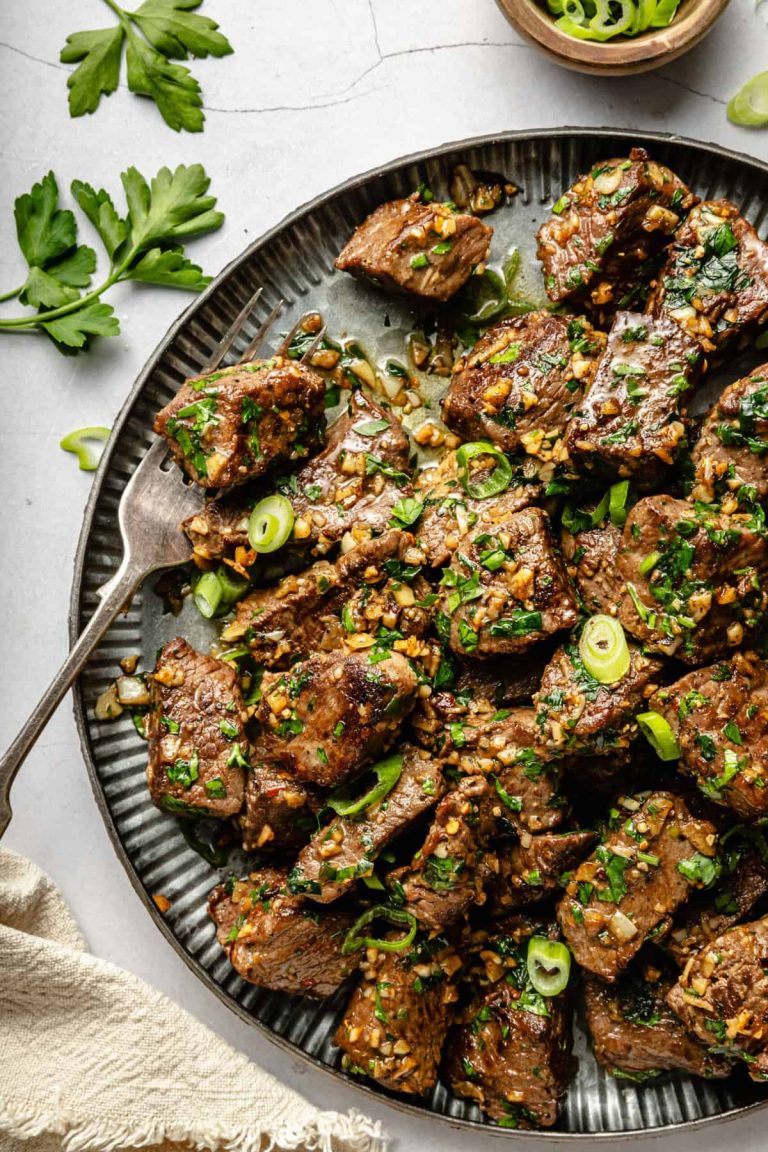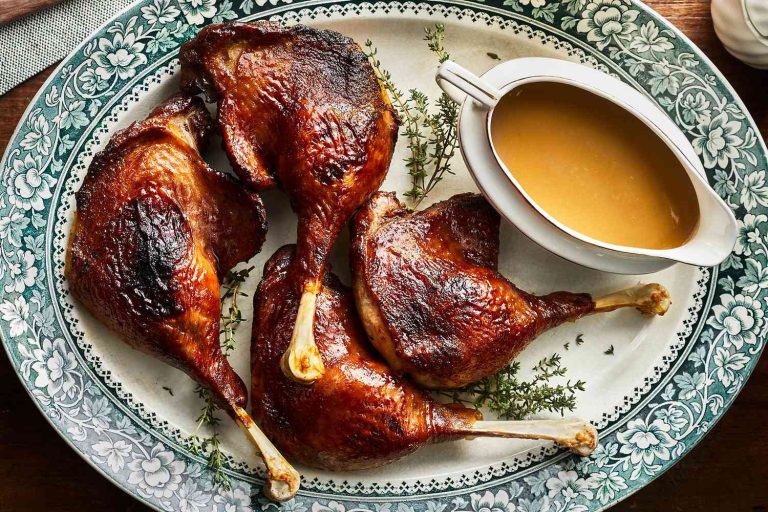Leekie Soup Recipe
Cock A Leekie Soup traces its origins back to Scotland, dating to the 16th century. It began as a simple peasant’s meal, combining affordable ingredients like chicken, leeks, and barley to create a nutritious dish. Chicken, a relatively inexpensive protein source, and leeks, a hardy vegetable, were staples in rural Scottish diets. By combining these elements, the dish provided sustenance and warmth, crucial during Scotland’s harsh winters.
Historical Evolution and Variations
Over time, Cock A Leekie Soup evolved, incorporating various regional adaptations. Initially, some recipes included prunes, adding a subtle sweetness and balancing the savory flavors. By the 18th century, prunes became a staple in many versions, enhancing the soup’s complexity. Other variations emerged, with some areas adding rice or substituting barley based on availability.
In the modern era, Cock A Leekie Soup continues to be a beloved dish, often featured in traditional Scottish celebrations like Burns Night. The recipe remains flexible, with cooks adjusting ingredients to personal tastes while honoring its historical roots.
Key Ingredients of Cock A Leekie Soup
Role of Leeks in the Soup
Leeks serve as a fundamental ingredient in Cock A Leekie Soup. Offering a mild, sweet flavor, leeks balance the richness of the chicken base. You typically use the white and light green parts for their tenderness. Sautee them lightly to release their aromatic qualities, enhancing the soup’s depth. In traditional recipes, leeks can be combined with barley for added texture and nutritional value.
Importance of Chicken in the Flavor Profile
Chicken establishes the primary flavor profile of Cock A Leekie Soup. By using a whole chicken or bone-in pieces, you’re able to create a robust, savory broth. The collagen-rich bones add a velvety mouthfeel, increasing the soup’s heartiness. Simmer the chicken slowly to extract maximum flavor, ensuring the meat remains tender. This method also allows for nutrient-dense stock, essential for the soup’s traditional essence.
In combination, leeks and chicken form the cornerstone of the classic Scottish dish, offering a balanced and satisfying culinary experience.
Preparation of Cock A Leekie Soup
Traditional Recipe Techniques
Start by boiling a whole chicken in a large pot with enough water to cover it. After reaching a boil, reduce the heat to a simmer and remove any scum from the surface. Add sliced leeks, barley, and a small amount of salt. Let it cook for about 2 hours until the chicken is tender, with occasional stirring to prevent sticking. Remove the chicken from the pot, shred the meat, and return it to the soup. To enhance the flavor, some traditional recipes include prunes, offering a slight sweetness that balances the savory broth. Add them in the last 30 minutes of cooking.
Modern Twists on the Classic Recipe
Consider using chicken breasts or thighs for a quicker preparation time. Sauté leeks and celery in olive oil before adding them to the soup to enhance their flavor. Swap barley with alternative grains like quinoa for a gluten-free option. For richer taste, replace water with chicken broth. Incorporate fresh herbs like thyme or parsley toward the end of cooking for added freshness. Garnish with freshly ground black pepper and a sprinkle of chopped chives before serving.
Nutritional Benefits of Cock A Leekie Soup
Health Benefits of Key Ingredients
Cock A Leekie Soup features chicken, leeks, barley, and sometimes prunes, each offering unique health advantages. Chicken provides high-quality protein essential for muscle growth and repair, plus it’s a good source of vitamins and minerals like B6 and phosphorus. Leeks supply dietary fiber, aiding digestion, and contain antioxidants that fight free radicals. Barley adds complex carbohydrates and additional fiber, contributing to sustained energy release and healthy cholesterol levels. Prunes, if added, offer natural sugars for a touch of sweetness and are packed with dietary fiber, vitamins, and minerals like potassium and vitamin K.
Dietary Considerations and Adaptations
Cock A Leekie Soup suits various diets and can be adapted to meet specific needs. For a lower-fat version, use chicken breasts and skim any fat from the broth surface. Those on gluten-free diets can replace barley with gluten-free grains such as quinoa or rice. Vegetarians can substitute chicken with plant-based proteins like tofu or chickpeas while using vegetable broth. Including herbs like thyme or parsley not only enhances flavor but also adds extra nutrients, making the soup customizable and healthy.
Serving and Enjoyment
Ideal Accompaniments
Pairing Cock A Leekie Soup with the right side dishes enhances the overall dining experience. Crusty bread, such as a baguette or sourdough, complements the soup’s hearty texture. Freshly baked scones, a traditional Scottish favorite, offer a comforting and authentic touch. For a lighter side, a simple green salad with a tangy vinaigrette provides a refreshing contrast to the soup’s rich flavors. Make sure to consider your guests’ preferences and dietary needs when choosing accompaniments.
Occasions and Traditions
Cock A Leekie Soup holds a special place in Scottish culture and is often served during significant celebrations. Burns Night, which commemorates the life and works of Scottish poet Robert Burns on January 25, frequently features this soup as a starter. New Year’s Eve, or Hogmanay, also sees many households enjoying the warm, comforting dish. While deeply rooted in tradition, Cock A Leekie Soup can be enjoyed year-round, offering a taste of Scottish heritage whenever you serve it.
Conclusion
Cock A Leekie Soup is more than just a hearty meal; it’s a culinary journey through Scotland’s rich history and traditions. Whether you’re preparing it for a special occasion or simply craving a comforting bowl, this versatile dish offers endless customization options. From its traditional ingredients to modern tweaks, Cock A Leekie Soup remains a beloved staple that brings warmth and nourishment to any table. So next time you’re in the mood for a taste of Scottish heritage, give this timeless recipe a try—your taste buds will thank you.






